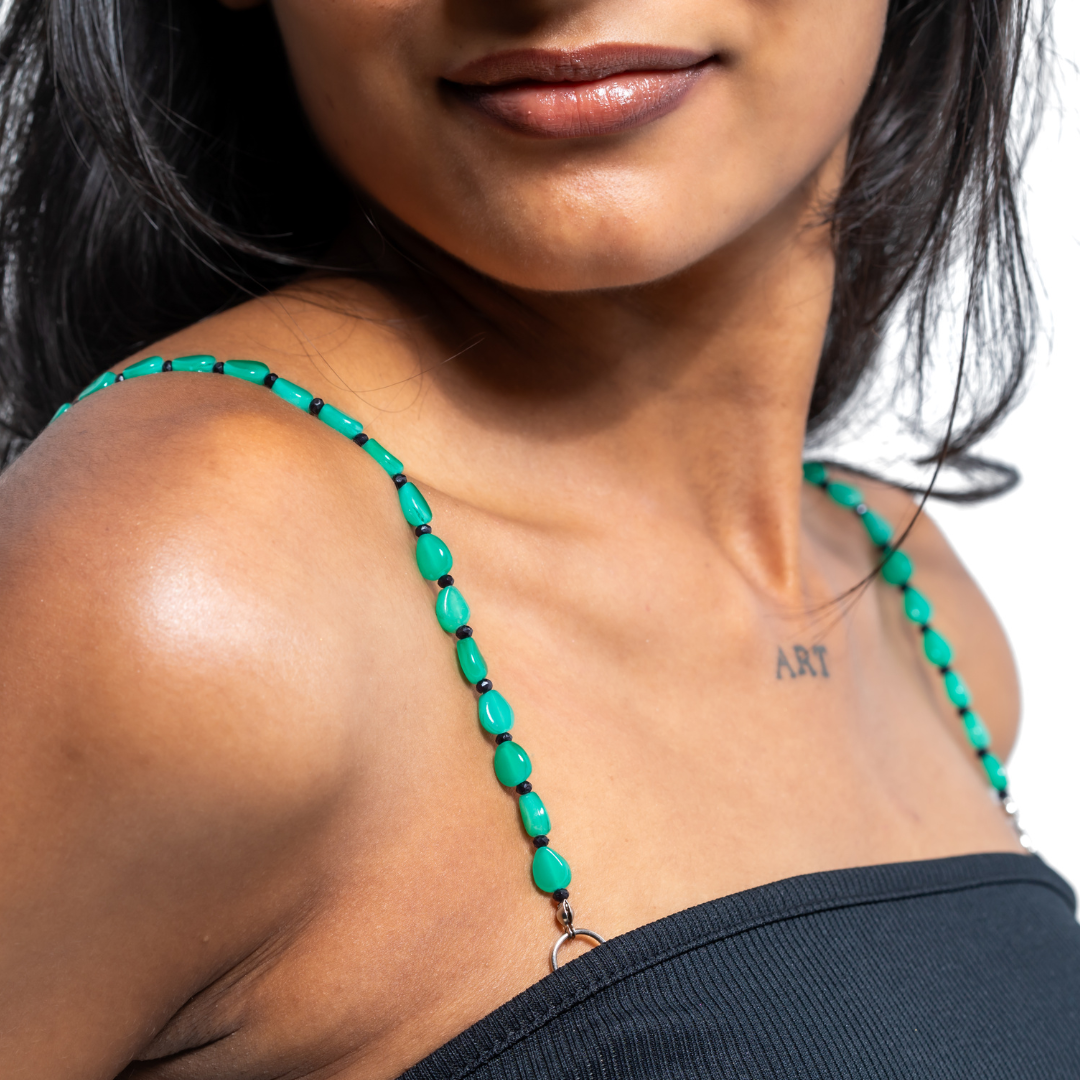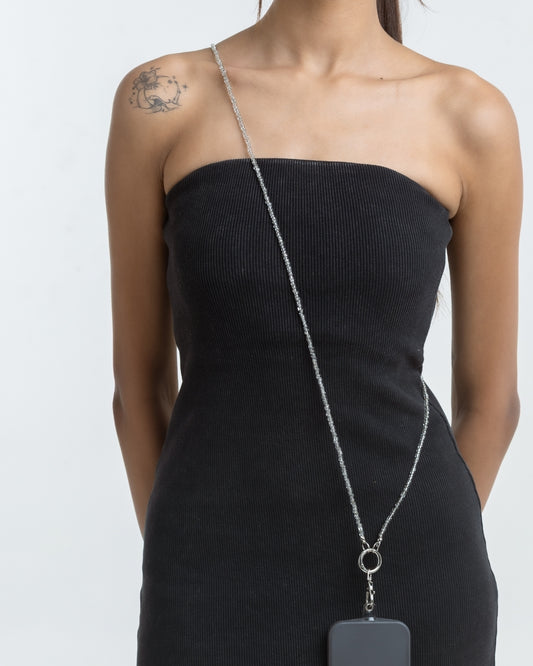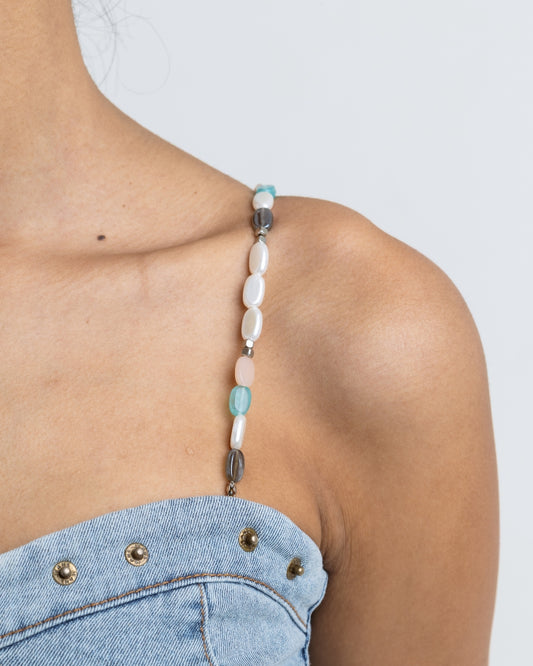A well-fitting bra can make a world of difference in how you feel throughout the day, but sometimes the secret to comfort lies in adjusting the bra straps properly. If your straps are too tight, they can dig into your shoulders, causing discomfort. On the other hand, if they’re too loose, your bra might not provide the support you need. Here’s a comprehensive guide on how to adjust your bra straps for a more comfortable fit, so you can stay supported and comfortable all day long.
1. Start with the Right Fit
Before adjusting your straps, it’s crucial to ensure that you’re wearing the correct bra size. Many women wear the wrong size without realizing it, which can make even the best adjustments ineffective. You can measure yourself at home or visit a lingerie store for a professional fitting. A properly sized bra provides better support, and your straps won’t have to do all the heavy lifting, allowing you to make more precise adjustments for comfort.
2. Loosen or Tighten the Straps Gradually
Once you’re sure about your bra size, it’s time to adjust the straps. Most bras come with adjustable sliders that allow you to loosen or tighten the straps as needed. Start by loosening the straps and then gradually tighten them until you feel supported but not constricted. Make small adjustments, checking the fit after each one, to ensure you don’t overtighten them. The goal is to find the balance between support and comfort.
3. Check for Shoulder Marks or Redness
After adjusting the straps, check your shoulders for any marks, redness, or discomfort. If the straps are too tight, they can dig into your skin and leave painful marks. A properly adjusted strap should lie flat on your shoulder without leaving indentations. If you notice redness or soreness, loosen the straps slightly to relieve pressure.
4. Adjust for Symmetry
Many women have slight asymmetry between their shoulders or bust size, which can make it challenging to achieve the perfect strap adjustment. It’s perfectly fine to adjust each strap independently. If one shoulder sits slightly higher or lower than the other, or if one breast is fuller, you may need to tighten one strap more than the other for an even fit. The key is to prioritize comfort and support rather than trying to make both straps identical.
5. Test for Movement and Lift
After adjusting your straps, test the fit by moving around. Lift your arms, twist your torso, and bend over to see how the straps hold up during daily activities. Your bra should stay in place, and the straps should not slip off your shoulders or dig in. A properly adjusted strap will provide lift and support without requiring constant readjustment throughout the day. If you find yourself constantly pulling up your bra straps, they may need to be tightened.
6. Ensure Proper Strap Positioning
The placement of the straps is also important for comfort. The straps should sit comfortably on your shoulders, not too close to your neck and not too far toward your arms. If the straps are too far apart, they might slide off your shoulders. If they’re too close to your neck, they can cause discomfort and strain. Adjust the straps so they rest in a natural position on your shoulders, evenly distributing the weight.
7. Consider Bra Style and Strap Type
Different bras have different strap designs, and some might require more adjustment than others. For example, convertible bras with detachable or multi-way straps often require extra attention to ensure the straps stay in place. Bras with wider straps generally provide more comfort and distribute weight better, making them a great option for women with larger busts. If your bra straps still feel uncomfortable after adjusting, you may need to consider a different style of bra that offers better support or padding in the straps.
8. Re-Adjust After Washing
Bra straps can stretch out over time, especially after washing. It’s a good practice to check and adjust your straps regularly to maintain the right fit. After washing your bras, the fabric may stretch or shrink slightly, so re-adjust the straps as needed to ensure they still provide the right amount of support and comfort.
9. Use Accessories for Additional Comfort
If you’re still experiencing discomfort after adjusting your straps, consider using strap cushions or pads. These accessories can help relieve pressure on your shoulders and prevent straps from digging in. They’re particularly useful for women with larger busts who need extra support but want to avoid the discomfort of tight straps. Additionally, a bra strap extender can provide extra length if you find that your straps are too short even at their loosest setting.
10. Know When to Replace Your Bra
Sometimes, no amount of strap adjusting can make a worn-out bra comfortable again. If your bra straps are constantly slipping or digging in despite multiple adjustments, it might be time to invest in a new bra. Bras lose their elasticity and support over time, especially with regular wear. Keep an eye on the condition of your bras and replace them when necessary to ensure continued comfort and support.
Conclusion
Adjusting your bra straps is a simple yet effective way to improve the fit and comfort of your bra. Whether you’re dealing with slipping straps or uncomfortable digging, taking the time to make small adjustments can make a big difference. Remember to check your bra size, adjust the straps gradually, and test for movement and support. With the right adjustments, your bra straps can provide the perfect combination of lift, support, and comfort for everyday wear.












